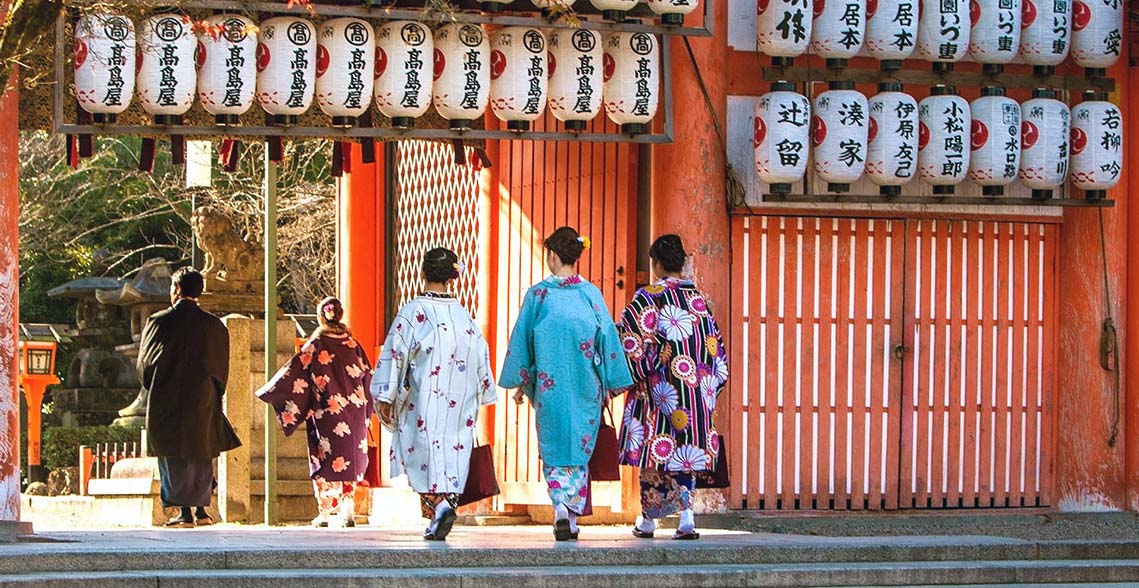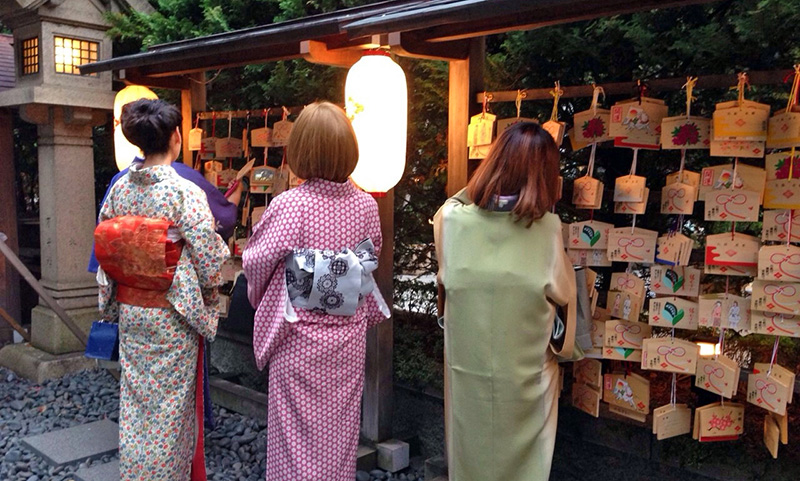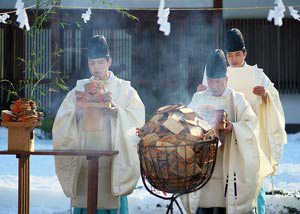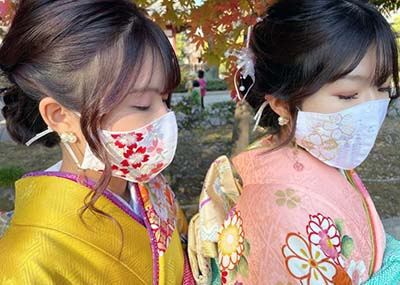Japanese Traditions and New Year Wishes
Posted by Yoshi Kai on 13th Dec 2022

In Japan, traditions are in full display as the year ends the new year begins. It is the time of the year to clean the house thoroughly, pay debts, visit relatives and friends, and exchange gifts.
One of the most important traditions is the first Shinto shrine visit of the year, called hatsumōde (初詣, first visit of the year to a shrine), on the first, second, or third day of the New Year.
During hatsumōde, visitors often write their prayers and wishes on colorful wooden plaques called ema (絵馬, picture-horse), decorated with eclectic images of things such as animals, flowers, or symbols of the shrine.


Once an ema is complete with its owner’s wishes, it is left in place until collected by the shrine priests and burned in a sacred ceremony for its final journey to the heavens.
The ema tradition traces its origin to the 8th-century Nara period. The ones that look like what we have today have been around since the 14th-century Muromachi period.
Hatsumode and COVID-19
A lot has changed since the pandemic started, and this annual tradition's style has also changed. For example, the water basins where people clean their hands to purify before praying (chozuya) are closed.

All shrines in Japan have strict guidelines on mask-wearing and social distancing posted on their premises.
There are no strict rules about visiting a shrine on the first days of the New Year. In practice, any first visit to a shrine in the new year is hatsumōde, and many shrines offer hatsumōde services through March.
Most shrines even offer portals on the web pages for the people to perform their hatsumōde online.

